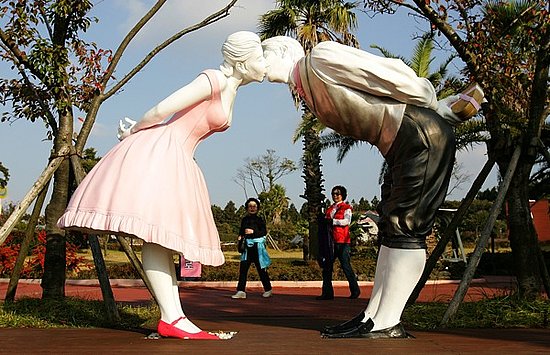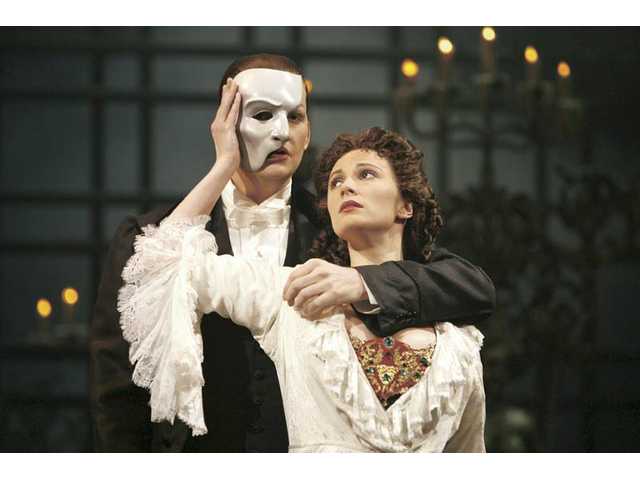Art Nouveau is a style of art created during the turn of the twentieth century. This form of art was “established as the first new decorative style of the twentieth century”. (http://www.nga.gov/feature/nouveau/exhibit_intro.shtm) Art Nouveau focuses on two separate view points; The first coming from the support of the industrial revolution, and the second from the rejection of it. Those that supported the industrial revolution “welcomed technological progress and embraced the aesthetic possibilities of new materials such as cast iron.” (nga.gov). Those that showed no support for the industrial revolution “aimed to elevate the decorative arts to the level of fine art by applying the highest standards of craftsmanship and design to everyday objects.” (nga.gov) The truth is that Art Nouveau has been interpreted by artists differently throughout time, but nonetheless it’s style is unique and definitive of the artist.

Looking closely at this picture you can see the amount of detail that oftentimes defines Art Nouveau.
The importance of Art Nouveau can be seen in what art says about a society. Art is definitive of a societal values, and culture within a society. The radical change in the style of art shows how society was changing during the turn of the twentieth century. Including as you can tell from the facts provided from nga.gov, how people responded to the industrial revolution. Art Nouveau also shows an importance for the artistic world. This particular form of art allowed many artists to get away from traditional artistic customs, allowing them to progress upon art as a whole. Overall, Art Nouveau signaled a change in society, and a progression of art as a profession.






